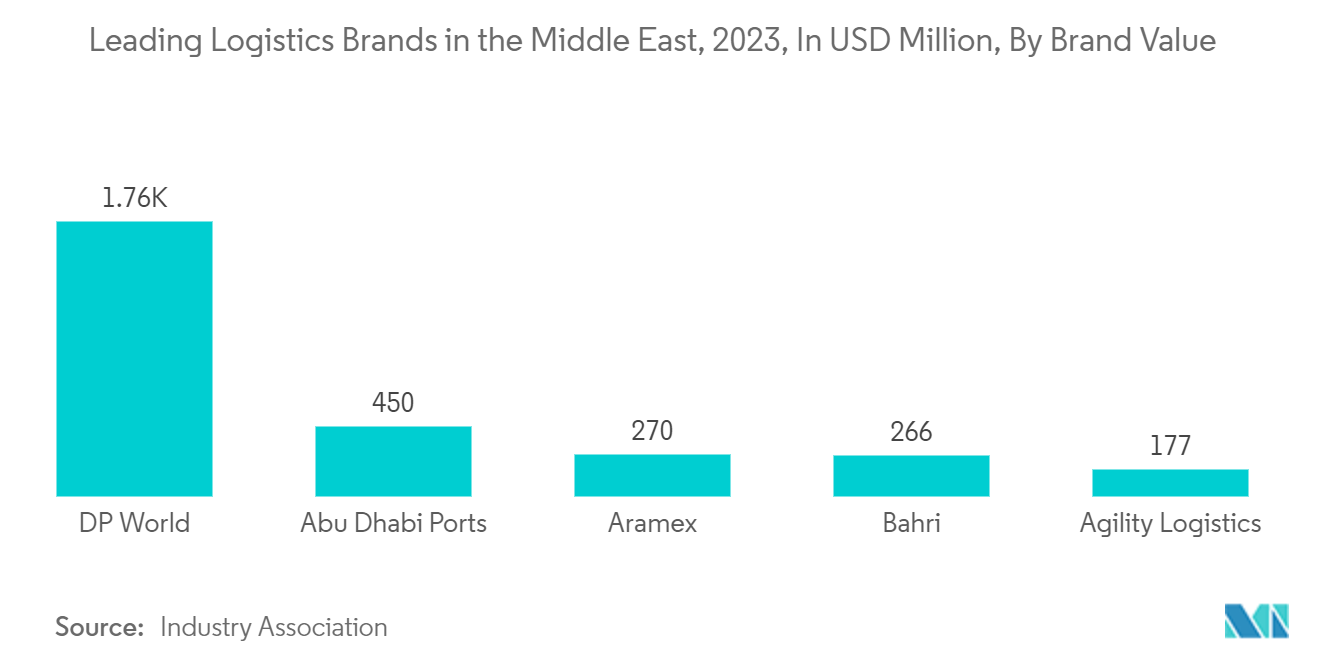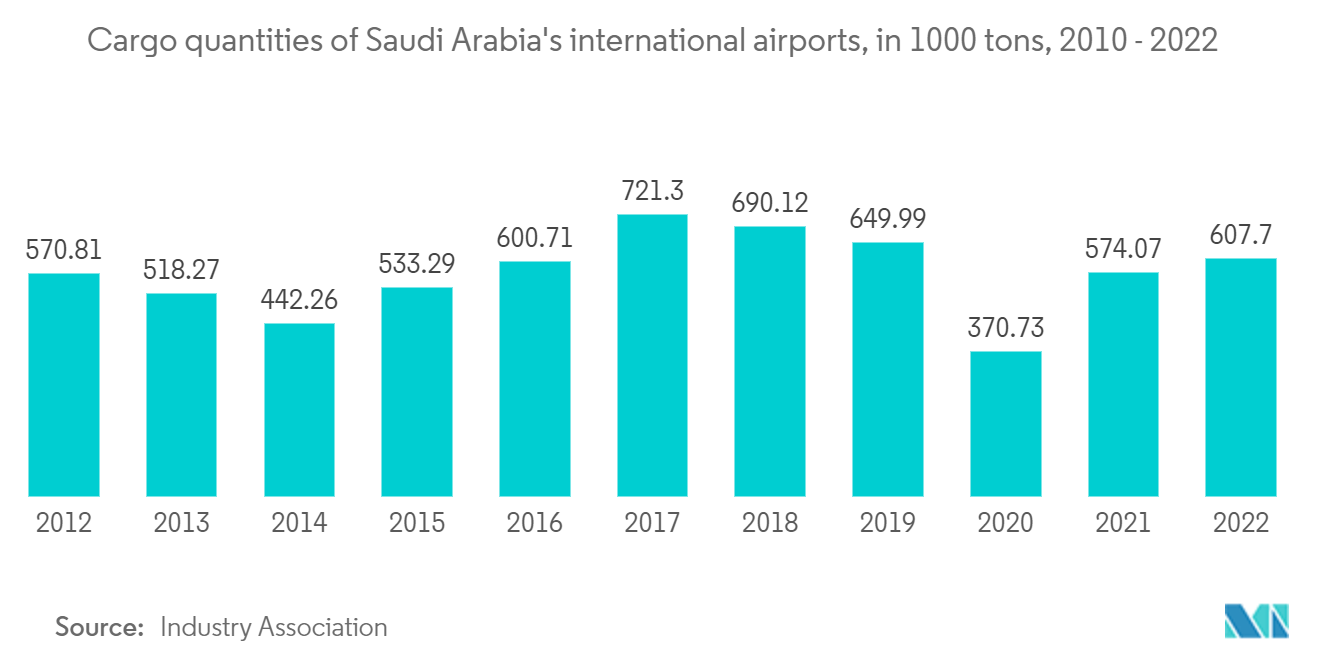Market Trends of Middle East And Africa Freight & Logistics Industry
Development of freight transport segment
- The Middle-East and African region is projected to grow significantly, with the Middle-East witnessing significant growth annually in terms of air transport. Cargo volumes are estimated to double in most countries of the region. At such levels, several challenges and opportunities arise. For airports in Africa and the Middle-East, this presents a stellar opportunity to capitalize on the growth potential and prepare for change, keeping the airlines and consumers at the heart of development and how it serves the national interest.
- In the Middle-East, the vast number of significant airport capital expansion programs are led by demand coming from the growth of domiciled carriers. However, there is also geographic proximity to major source markets, such as the Indian subcontinent and intercontinental traffic flows and the MENA regional travel. This factor and a favorable regulatory environment and governments, which have understood and harnessed the value of aviation, have led to the development of airport hubs that are catering to some of the largest movements of passenger and cargo traffic globally.
- Airports in the Gulf have led this trend, with Dubai, Abu Dhabi, Bahrain, Doha, Muscat, and Jeddah investing billions of dollars in infrastructure and focusing on improving the passenger experience. This investment is due to the close symbiotic relationships the airports have with domiciled carriers such as Emirates Airlines, Etihad Airways, Qatar Airways, and Saudi Arabian Airlines, which enable most stakeholders in the value chain to work together and develop an end-to-end experience, serving the industry and the respective local economies.
- Like their global peers, airports in the Middle-East aspire to overcome project development challenges through effective stakeholder collaboration, capitalizing on digitization, the airport retail revolution, and non-aeronautical opportunities. In addition, they aim to create personalized experiences by offering guests a sense of place with enough capacity. Airport developers in the Middle-East are also striving to achieve green building credentials through international certifications and those developed by national programs while working toward ACI carbon accreditation.

E-commerce Driving the Logistics Industry
- According to the present economic situation in Saudi Arabia, the logistic sector, with its pillars of aviation, roads & transport, railways, warehousing & marine, is expected to be a key factor in helping the Saudi economy to continue to grow in the near future.
- Saudi Arabia is already considered to be an important international logistics hub, because of its central geographical location at the crossroads of the main international trade routes, amidst three continents, namely Asia, Europe, and Africa, in addition to its size and its large economy on the Arabian Peninsula. However, location and size are not sufficient to be considered an important logistics hub. Therefore, the country has taken up an ambitious plan to improve its logistics infrastructure with specialized facilities and new economic zones.
- This plan - the Saudi Vision 2030 - was launched by Crown Prince Mohammed bin Salman in 2016 to reduce the Saudi dependence on oil. It encompasses a nine-point strategy of process streamlining, market liberalization, privatization, infrastructure enhancement, the establishment of new free economic zones and governance, and regulatory reforms to maximize its strategic advantage to evolve into the “go-to logistics hub” for the Middle East region.
- Out of all the Middle Eastern and North African (MENA) countries, Saudi Arabia has witnessed the biggest changes and activity in the logistics industry during the last 2 to 3 years.
- The Kingdom has recently developed the logistics sector through a capital investment of more than USD 106.6 billion. This allowed an increased capacity in the land, air, and maritime cargo, in addition to the development of and simplification of the import/export operations and the removal of all restrictions related to logistics operations.


